This article was co-authored by Marsha Durkin, RN. Marsha Durkin is a Registered Nurse and Laboratory Information Specialist for Mercy Hospital and Medical Center in Illinois. She received her Associates Degree in Nursing from Olney Central College in 1987.
wikiHow marks an article as reader-approved once it receives enough positive feedback. This article received 17 testimonials and 95% of readers who voted found it helpful, earning it our reader-approved status.
This article has been viewed 263,419 times.
If you are suffering from CKD (Chronic Kidney Disease), you need a kidney diet that will improve impaired kidney function naturally. There is no cure for kidney disease, but you can slow the progression of symptoms with the right dietary changes. Note that some people also have to limit potassium and phosphorus. With a little time and dedication, you can find a healthy diet that meets your needs. Keep in mind that there is no single diet that works for everyone, so it is important to work with your doctor and dietitian to find a diet that works for you.
Steps
Sample Diet
Eating the Right Foods
-
1Choose the correct vegetables. When you're eating with kidney disease, you need to be conscientious of your vegetable intake. While vegetables are vital to a healthy diet, not all vegetables are safe for you if you have compromised kidneys. Vegetables high in potassium should generally be avoided when you have kidney problems.[1]
- Good vegetable choices include broccoli, cabbage, cauliflower, carrots, eggplant, lettuce, cucumber, celery, onions, pepper, zucchini, and yellow squash.
- You should avoid potatoes, tomatoes, avocados, asparagus, pumpkin, winter squash, and cooked spinach. These options have a lot of potassium.
- If you need to limit potassium, then make sure to avoid high potassium vegetables, such as potatoes. Instead, choose low potassium ones, like cucumbers and radishes.
-
2Select the right fruits. You should also be careful to watch out for fruits with high levels of potassium. Fruit is an important component of your diet when you have kidney disease, but be conscientious of what types of fruit you choose.[2]
- Low potassium fruits include grapes, cherries, apples, pears, berries, plums, pineapples, tangerines, and watermelon.
- Try to avoid oranges and orange-based products like orange juice. You should watch out for kiwis, nectarines, prunes, cantaloupe, honeydew, raisins, and dry fruit in general.
- If you need to limit your potassium, then make sure to choose low potassium fruits, such as blueberries and raspberries.
Advertisement -
3Talk to your doctor about your protein requirements. Protein is an important part of your diet, but you want to be careful with protein intake if you have kidney disease. If you get too much, then it may stress your kidneys. However, if you do not get enough, then it may cause you to feel tired. As protein produces waste in the body, and kidneys help remove waste, too much protein may put unneeded pressure on your kidneys. Your doctor may suggest a low protein diet. However, when undergoing dialysis, you may need to up your protein intake temporarily.[3]
- Find out how much protein you are allowed to have per day and stick to this guideline.
- Limit high protein foods to 5 to 7 ounces per day, or less if your dietitian tell you to. High protein foods include meat, poultry, seafood, and eggs.
- Watch for protein in other foods. Keep in mind that protein is also present in milk, cheese, yogurt, pasta, beans, nuts, bread, and cereals. Make sure to keep track of your total protein intake each day.
- Try eating smaller servings of protein at dinner. Keep the bulk of your plate full of healthy fruits, vegetables, and carbohydrates. A serving of protein should be no more than 3 ounces, which is about the size of a deck of cards.
- High protein foods may be temporarily important during dialysis, so talk to your doctor if you're undergoing dialysis or will be in the future. You will want to eat high protein foods. Many doctors suggest eggs or egg whites as a good source of protein during dialysis.
-
4Prepare foods in a heart healthy manner. How you cook your foods matters a lot when it comes to slowing or reversing kidney damage. Learn how to cook foods to make your diet healthier overall. [4]
- Use non-stick pans when you cook to cut back on your need for butter and cooking oils, which can add a lot of unneeded calories and fat to your diet. Use heart healthy fats like olive oil when cooking over butter or vegetable oil.
- When you eat, trim excess fat from meat. You should also remove the skin from poultry.
- When preparing food, aim to bake, stir-fry, grill, or boil food.
Avoiding Certain Foods
-
1Manage your sodium intake carefully. Sodium, more commonly known as salt, can be very damaging if you have kidney failure. It's vital you trim down on your sodium intake throughout the day. Cutting down on salt will cause less fluid retention in your body, and also help control blood pressure, all of which can help improve kidney disease.[5]
- Buy foods with labels that read "no salt added," "sodium-free," or "low-sodium."
- Check product labels to see how much sodium a food contains. Go for foods with less than 100mg of sodium per serving.
- Do not use when you're cooking and don’t add salt to your food. If you have a salt shaker, remove it from the table altogether to avoid the temptation to salt your food during meals. Avoid salt substitutes as well unless your doctor or dietitian has said it is okay.
- Avoid salty foods like pretzels, potato chips, popcorn, bacon, deli meats, hot dogs, cured meats, and canned meats and fish.
- Steer clear of foods that contain MSG.
- Cut back on how often you eat out. Foods in restaurants often contain more sodium than foods you prepare at home.
-
2Limit your phosphorus intake. Phosphorus levels in your blood should remain low if you have chronic kidney disease. Dairy products, like milk and cheese, are generally high in phosphorus. It's best to cut back on dairy if you're struggling with chronic kidney disease.[6]
- When it comes to dairy foods, stick with your diet plan and do not exceed the recommended number of servings per day. You can also stick to low phosphorous dairy choices. Go for cream cheese, ricotta cheese, margarine, butter, heavy cream, sherbet, brie cheese, and whipped toppings that do not contain dairy.
- As you need calcium for strong bones, talk to your doctor about calcium supplements. Many people who have chronic kidney disease need to take calcium supplements for their health and well-being.
- You should also limit your intake of nuts, peanut butter, seeds, lentils, beans, organ meats, sardines, and cured meats such as sausages, bologna, and hot dogs.
- Avoid drinking colas and soft drinks with phosphate or phosphoric acid in them.
- Steer clear of bran breads and bran cereals as well.
-
3Stay away from fried foods. Fried foods should be avoided if you have kidney disease. Frying foods adds a lot of unnecessary calories and fat to your diet.[7]
- When you're eating out, stay away from deep fried foods on the menu. Ask the waiter or waitress about altering items. For example, see if you can substitute a grilled chicken breast for a fried one on a sandwich.
- At family get togethers, like holidays, stay away from fried foods. Opt for vegetables and fruits over things like fried chicken.
- When cooking meals at home, do not fry your foods. If you have a deep-fryer, it may be best to give it away.
Managing Your Fluid Intake
-
1Check with your doctor to see if alcohol is okay in moderation. Alcohol can take a great toll on the kidneys. If your kidneys are already compromised, drinking to excess is not recommended. If your kidney disease is advanced enough, you may not be able to drink alcohol at all. Some people with kidney disease can have one drink on occasion. However, you should talk to your doctor to get precise recommendations about how much alcohol is safe for you.[8]
- If your doctor says it is okay to drink, then make sure you do not exceed one drink per day and count it as part of your fluid intake for the day.
- Ask that friends and family members do not drink around you at social events. If you know a social event will involve drinking, try sitting that event out or asking a friend or family member to refrain from drinking with you.
- If you struggle to give up alcohol, talk to a therapist about how to quit drinking. You can also seek out the support of groups like Alcoholics Anonymous if you believe you have a drinking problem.
-
2Find ways to manage thirst. You may not have to limit your fluid intake early on, but many people have to cut down on fluid consumption in the later stages of kidney disease. If you are on dialysis, fluid can build up in the body between sessions. Your doctor may want you to stick within a certain range of fluids throughout the day. Look into ways to manage your thirst without drinking too much liquid.[9]
- Drink from smaller glasses during meals. If you're at a restaurant, turn your cup over when you're done drinking. This will let your server know not to refill your cup, allowing you to avoid the temptation of drinking too much water.
- You can try freezing fruit juices in ice trays. You can suck on these juices like popsicles, allowing you to alleviate your thirst slowly. Just make sure to count these popsicles towards your total fluid intake for the day.
- If you need to limit your fluids, try using a pitcher to track the amount of fluid you are allowed to drink per day. Fill the pitcher with water and only drink from the pitcher throughout the day. If you have something else that counts as a fluid, such as coffee, milk, jello, or ice cream, then pour out the amount of water equal to what you consumed. Make sure to count fluids from canned fruit, canned vegetables, soups, and any other sources as well.
-
3Be careful with sodas. Sodas should generally be avoided, as they're a source of unnecessary calories and sugar. However, if you like soda on occasion, go for light colored varieties. Lemon flavored sodas, like Sprite, are better than darker sodas like Coke and Pepsi. [10]
- Make sure that you avoid colas and soft drinks that contain phosphate or phosphoric acid. Sodas also have high amounts of sodium in them, and it is important to decrease your sodium/salt intake.
-
4Limit your intake of orange juice. Orange juice contains high levels of potassium. It's best to avoid orange juice if you have chronic kidney disease. Try substituting grape juice, apple juice, or cranberry juice for orange juice.[11]
Expert Q&A
Did you know you can get expert answers for this article?
Unlock expert answers by supporting wikiHow
-
QuestionWhat can I do about protein in my urine?
 Marsha Durkin, RNMarsha Durkin is a Registered Nurse and Laboratory Information Specialist for Mercy Hospital and Medical Center in Illinois. She received her Associates Degree in Nursing from Olney Central College in 1987.
Marsha Durkin, RNMarsha Durkin is a Registered Nurse and Laboratory Information Specialist for Mercy Hospital and Medical Center in Illinois. She received her Associates Degree in Nursing from Olney Central College in 1987.
Registered Nurse
-
QuestionHow do you cure kidneys that don't filter protein?
 Marsha Durkin, RNMarsha Durkin is a Registered Nurse and Laboratory Information Specialist for Mercy Hospital and Medical Center in Illinois. She received her Associates Degree in Nursing from Olney Central College in 1987.
Marsha Durkin, RNMarsha Durkin is a Registered Nurse and Laboratory Information Specialist for Mercy Hospital and Medical Center in Illinois. She received her Associates Degree in Nursing from Olney Central College in 1987.
Registered Nurse
Warnings
- If you don't reduce your sodium intake, you will not see any improvement in your kidney function.⧼thumbs_response⧽
References
- ↑ https://www.nlm.nih.gov/medlineplus/ency/article/002442.htm
- ↑ https://www.nlm.nih.gov/medlineplus/ency/article/002442.htm
- ↑ http://lifeoptions.org/kidneyinfo/ckdinfo.php?page=5
- ↑ https://nihseniorhealth.gov/kidneydisease/dietandlifestylechanges/01.html
- ↑ https://www.nlm.nih.gov/medlineplus/ency/article/002442.htm
- ↑ https://www.nlm.nih.gov/medlineplus/ency/article/002442.htm
- ↑ https://nihseniorhealth.gov/kidneydisease/dietandlifestylechanges/01.html
- ↑ https://nihseniorhealth.gov/kidneydisease/dietandlifestylechanges/01.html
- ↑ https://www.nlm.nih.gov/medlineplus/ency/article/002442.htm
About This Article
To create a diet to reverse chronic kidney disease, eat fruits and vegetables, like broccoli, cabbage, cherries, and apples, to keep your potassium levels low. However, avoid fruits and vegetables high in potassium, such as potatoes, tomatoes, and oranges. Additionally, ask your doctor about how much protein you should eat, and stick to this guideline to avoid worsening your kidney disease. When cooking your food, try baking or grilling instead of frying, and use healthy fats, like olive oil, in place of butter or vegetable oil. For tips on how much dairy and alcohol you can consume, read on!
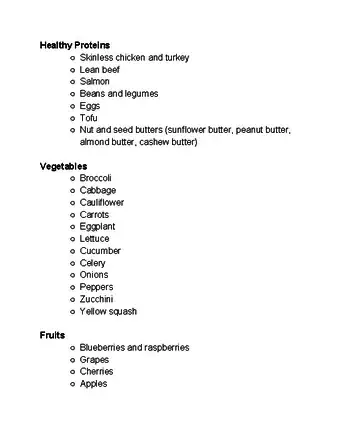

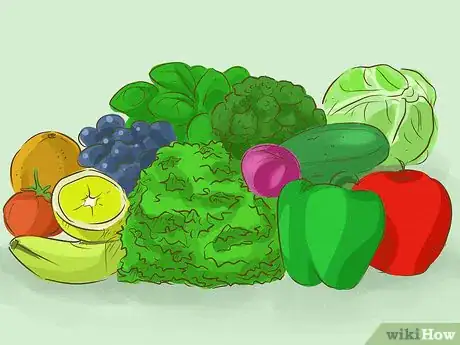
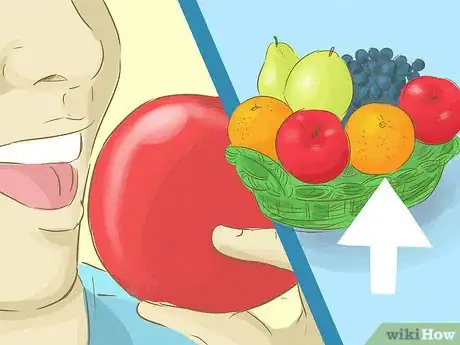



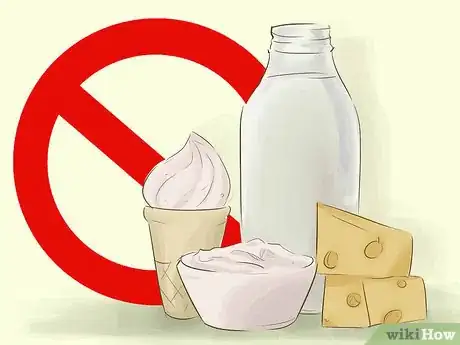



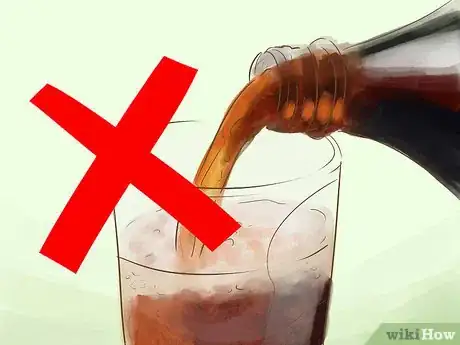
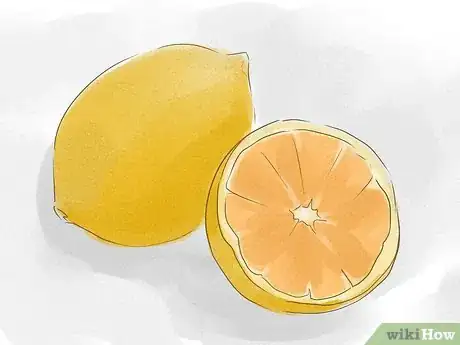
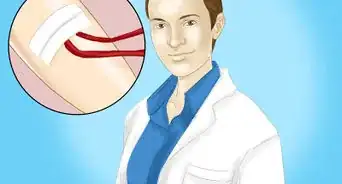
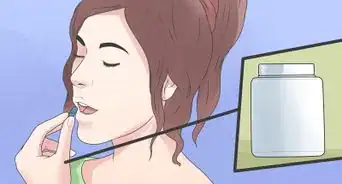
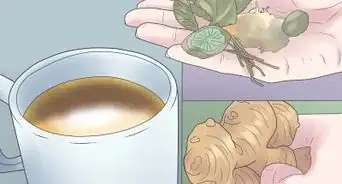
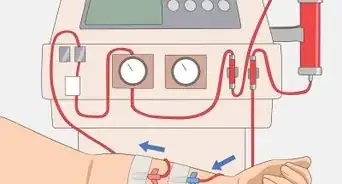
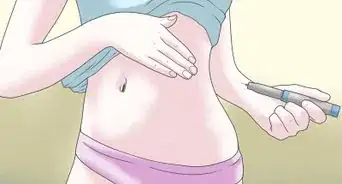
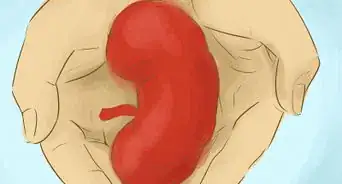
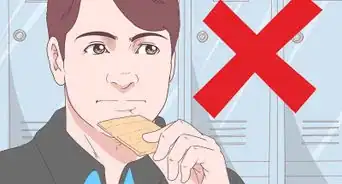

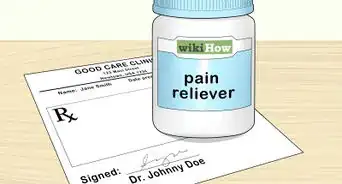
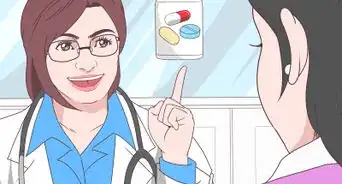














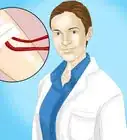

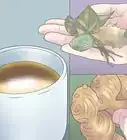




































Medical Disclaimer
The content of this article is not intended to be a substitute for professional medical advice, examination, diagnosis, or treatment. You should always contact your doctor or other qualified healthcare professional before starting, changing, or stopping any kind of health treatment.
Read More...